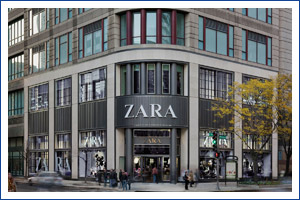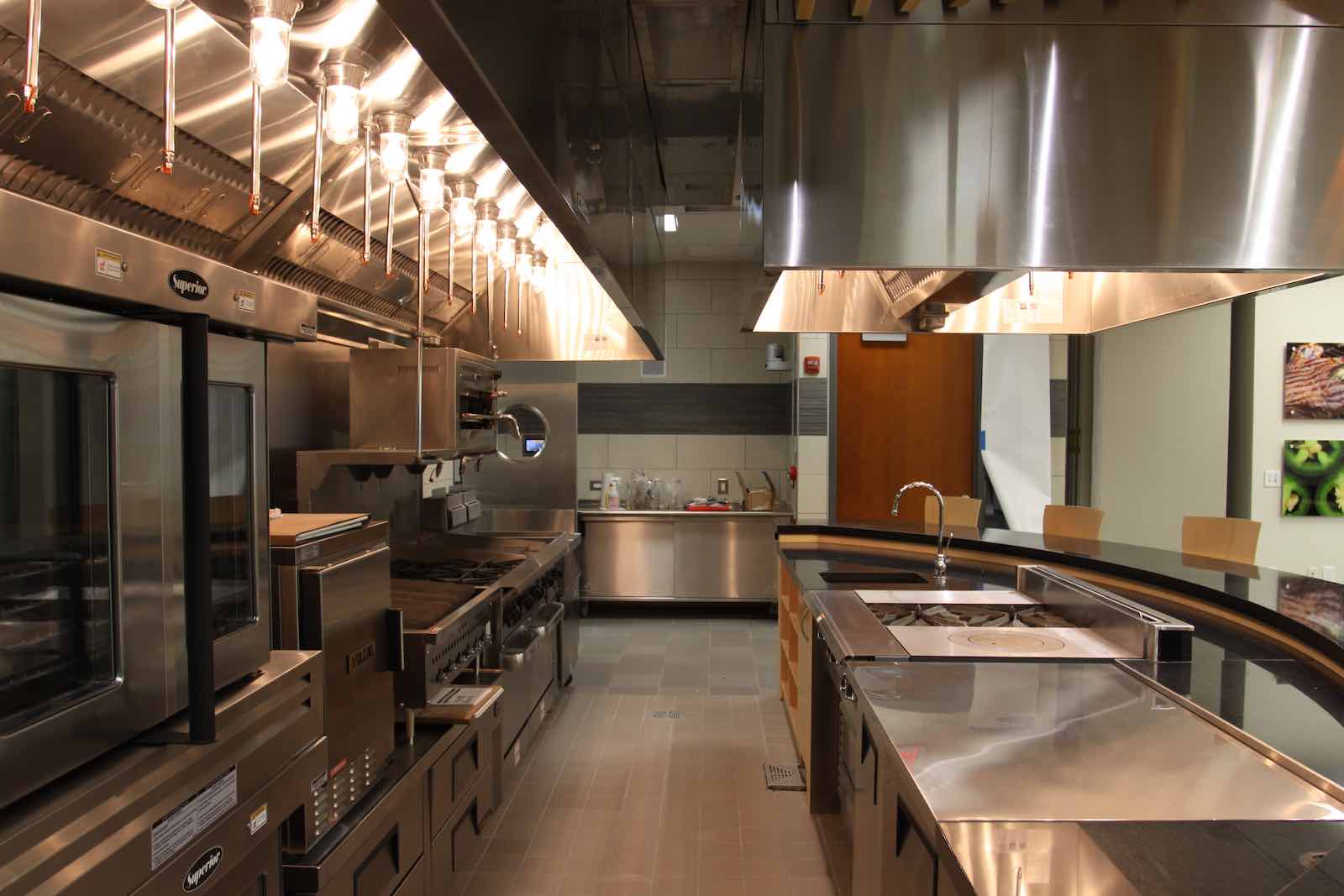Best and Worst of Commercial Construction Practices in 2009
 At the beginning of 2009, I don’t think anyone, including a national commercial general contractor like Englewood Construction, was prepared for the twists and turns that would face the commercial construction industry. As this year draws to a close, let’s look back on some of the highs and lows of what was a challenging year.
At the beginning of 2009, I don’t think anyone, including a national commercial general contractor like Englewood Construction, was prepared for the twists and turns that would face the commercial construction industry. As this year draws to a close, let’s look back on some of the highs and lows of what was a challenging year.
High – Green building
According to the 2009 Green Building Survey, there was a surge in green building activity across all building types from 8/08 – 8/09. In fact, we worked on two green projects this past year and we hope to do even more next year as we are committed to helping our clients reduce their carbon footprint through sustainable commercial construction. Our industry is just at the tip of the iceberg in better green building and business practices.
Low – Chicago losing the 2016 Olympic bid
When Chicago lost the 2016 Olympic bid this fall, it was a devastating blow to the city’s restaurant and retail construction industry. Not only did it mean the loss of thousands of new jobs, but it also meant we would continue to see larger general contractors bidding on jobs “at cost” to maintain their crews, boxing out the mid-size contractors that specialize in retail, restaurant and hotel construction. Unfortunately this is a problem we’re seeing across the country. Jobs that used to have 2-3 bids, now have 10.
High – Niche or value-driven retail construction
Retail construction projects in niche or value-driven markets. If you look at the Top 10 U.S. retailers that expanded in 2009*, three of them included the word “dollar” and one was a clothing retailer that created a niche by offering very current fashion trends.
- No. 3 Dollar General
- No. 5 Zara
- No. 7 Family Dollar
- No. 8 Dollar Tree
We’ve been fortunate to work on three Zara stores and each one provided valuable tips on how to run a successful commercial construction project.
*See the December 2009 issue of Shopping Center Business.
Low – Distressed properties
With the swell of foreclosed commercial properties on banks’ balance sheets in 2009, many banks found themselves in a role outside of their expertise – that of developer. They were thrown into a foreign world of subcontractor/vendor disbursement issues and estimating construction costs to complete a project. There are opportunities to be had on both sides of the table, but it’s not easy when we’re both speaking a different language.
High – This thing they call social media
As I’ve said before, it’s hard to teach an old dog new tricks – and I am an old dog. Most people who have been in the commercial construction industry as long as me still like printed material, whether it’s a newspaper or a brochure. However, I can’t deny the power of social media and its impact on the way we do business, stay in front of clients and learn from one another. It’s given us the opportunity to create Hard Hat Chat and for that I am very grateful. I love being able to share my ideas and create a dialogue with people that I might otherwise would not have met. Hard Hat Chat is still young, but so far it’s been a fun and interesting ride.
What do you think were the highs and lows in our industry this year? I’d love to hear them at bill.disanto@englewoodconstruction.com
![]() Bill Di Santo
Bill Di Santo
President
Tel: 847-233-9200 x710
![]()
Questions? Comments? You can reach me at bill.disanto@englewoodconstruction.com




